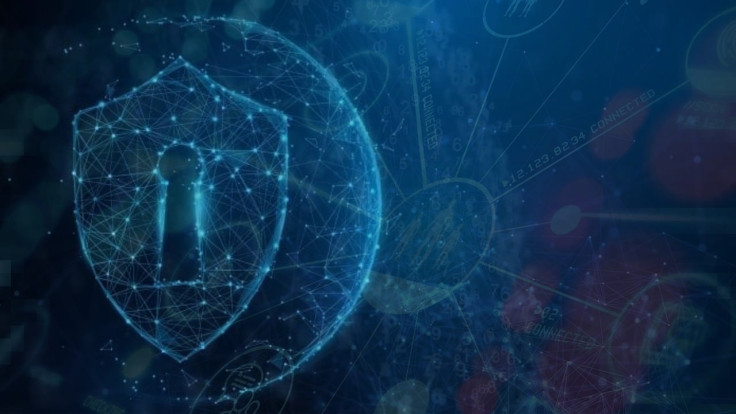Uttam Ramesh: Driving AI Cybersecurity Innovation Through Product Leadership
Leading a product portfolio in cybersecurity demands a deep understanding of customer needs

In cybersecurity, where even minor vulnerabilities can have significant consequences, effective product management is a critical yet often overlooked element. Uttam Ramesh, a seasoned product leader leading cybersecurity products at Google and Palo Alto Networks, bridges technical innovation with real-world needs, driving adaptive cybersecurity solutions to protect generative AI solutions.
With a deep understanding of the Mathematical models, Uttam has introduced several innovations in network security using Boolean mathematics and machine learning. His expertise in AI and cybersecurity has been instrumental in shaping a product portfolio that exceeds $100 million, all while maintaining a customer-centric approach that prioritises responsiveness and innovation.
By placing the customer at the heart of his strategy, Uttam has developed pioneering solutions tailored to meet each organisation's unique needs. As he notes, 'Understanding the journey of the customer is essential'—a philosophy that underpins his leadership approach and has helped fortify defences worldwide, empowering organisations to remain resilient in the face of growing cyber threats.
Leading With a Customer-Centric Approach
Leading a product portfolio in cybersecurity demands a deep understanding of customer needs and the ability to address unique challenges. 'Simplifying deployments is key, especially since every customer's infrastructure is different and comes with security challenges,' explains Uttam. The goal is to bridge existing systems with innovative solutions, ensuring security outcomes while helping customers realise the product's value early on.
Developing market-leading products also requires addressing current issues while anticipating future trends. 'People pay money when you solve a problem that deeply affects them,' Uttam notes, emphasising the importance of creating solutions that are both impactful today and adaptable to the evolving cybersecurity landscape. This forward-thinking approach, rooted in problem-solving and understanding the customer journey, ensures strategies remain effective and future-proof.
Strategic Insights for Measurable Growth
Making strategic decisions and focusing on key metrics is essential in cybersecurity product management. Addressing a critical gap— 'People rarely have a well-maintained inventory of all the applications their users interact with,' Uttam notes—led to creating a cloud-native application discovery service in collaboration with Amazon.
This solution provided customers with detailed insights into their network applications, becoming a competitive differentiator and widely adopted by Fortune 500 companies. This solution is a critical requirement to protect generative AI applications, as you need a detailed posture of your network infrastructure to protect it.
Tracking metrics like net retention rates is crucial to sustaining growth in a portfolio with an ARR exceeding $100 million. Uttam observes, 'The cost of switching is reducing, and more customers try to get a better financial deal,' making it imperative for products to deliver unique, indispensable value. This ensures long-term customer loyalty while aligning with broader business objectives.
Fostering Innovation and Adaptability
Fostering innovation requires focusing on customer needs and embracing risks. Collaboration with customers from the earliest stages of product design is key. 'This collaboration often leads to positive outcomes as you are not just understanding your customer better but constantly taking their feedback while building a solution,' Uttam explains. In cybersecurity, where bad actors adopt new technologies quickly, he emphasises, 'It is okay to build radical things and fail rather than being timid.'
Adaptability is equally critical in managing products in a fast-changing landscape. Challenging customer interactions often reveals unmet needs that require improvement. 'At the heart of the problem, there is always an unmet need,' Uttam notes. Additionally, products must evolve with advancing technology, as a brilliant product today might be subpar tomorrow.' These principles ensure that product teams remain innovative and effective in competitive environments.
Balancing Trade-Offs With a Future Vision
Balancing trade-offs in product management requires careful evaluation of business, engineering, and customer impacts. 'Once you have a qualitative and quantitative understanding of the impact on the respective stakeholder, you choose. It is also important to stick by it,' explains Uttam. Delaying the launch of a key product by six months due to a cross-functional dependency exemplified the importance of strategic alignment and collaboration, with open communication playing a key role in maintaining team morale.
The rise of generative AI presents new challenges, including the need for systems that can securely handle high-frequency and high-volume data transactions. 'You need performing systems that can secure these high-frequency and high-volume data transactions at scale,' Uttam emphasises. Balancing current priorities with future innovation ensures that products remain effective and adaptable in an evolving cybersecurity landscape.
Uttam exemplifies effective leadership in cybersecurity through adaptability, customer understanding, and strategic partnerships. His efforts at Palo Alto Networks and Google showcase a balance between meeting market needs and setting industry standards. He remains focused on innovation and resilience, positioning himself and his teams at the forefront of cybersecurity advancements. Uttam's leadership continues to inspire positive changes across the industry through strategic foresight and dedication to meaningful solutions.
© Copyright IBTimes 2025. All rights reserved.





















